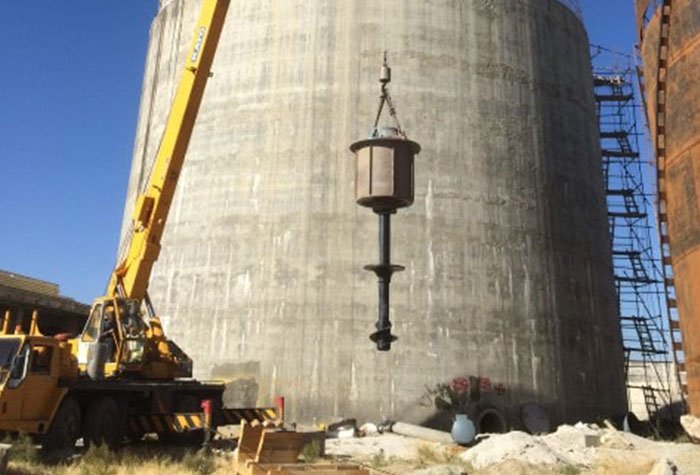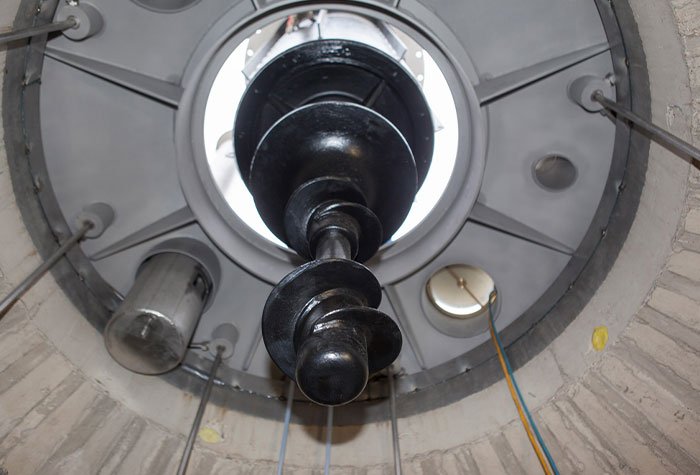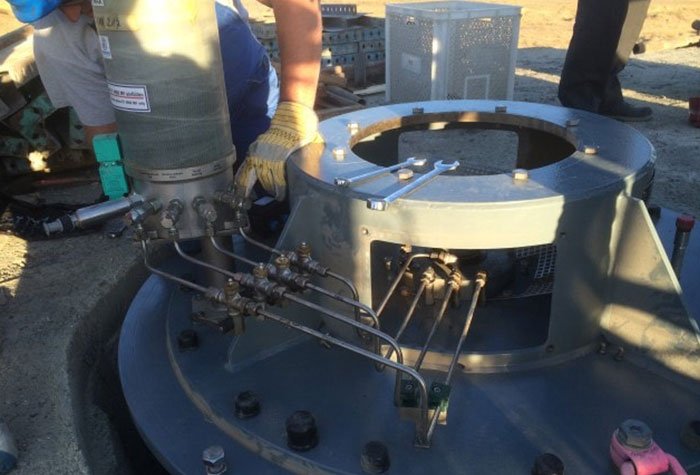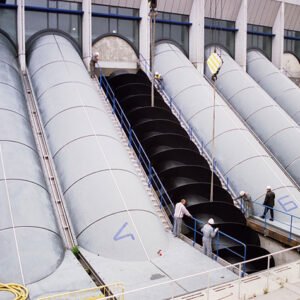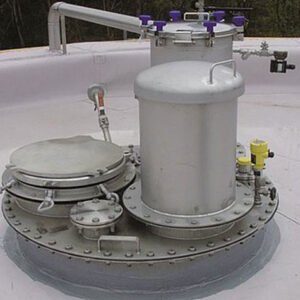Description
Draft Tube TMA mixers are responsible for mixing the sludge in the (anaerobic) digestion of the wastewater treatment plant to achieve the full function of the digestion gas. During this process, the contents of the digestion tank become homogeneous and prevent large differences in temperature and composition.
Hermann Träxler technology is suitable for a variety of digestive tanks; This powerful system, despite its vertical installation, its long length, and limited material production, forces the designer to use Ductile Iron instead of stainless steel because stainless steel does not meet the need for mixer operation. The complete mixer has been tested and its practical correctness has been proven for all its consumers. The TMA draft tube mixer is ATEX certified.
Advantages of this system
- No sediment formation
- No waste is formed
- Has a performance twice the digestion gas
- Less residual sludge, faster drying, lower disposal costs
- Higher sludge production speed, shorter production time
- Short depreciation time for draft tube mixers
Mechanism
For mixing, the sludge in the digestion tank is fed through a tube, which is about the size of a tank. If the rotation speed is high, the draft tube mixer can spin the entire contents of the tank again in a very short time. This forms a homogeneous sludge mixture for a fast digestion process with the best digestion gas performance. For comparison, these forced rotations require little input energy; therefore, if the propulsion effort and the performance of the digestion gas are compared, this process is considered to be very economical.
System design
A system with a Träxler draft tube mixer consists of three components:
- The total mixer is properly dimensioned
- The mixer is installed in three different ways
- Tube drift tube

The statistical analogy of digestion gas performance
Before briefly discussing the structure of the draft tube and introducing the types produced, we need to introduce you a little bit about the gas hood system.
Gas Hood
Gas caps/hoods are needed to cover larger openings up to about 3 meters in diameter and are placed on top of the digestion tank. They enclose the mixer in such a way as to transfer all forces and torques under the digestion tank. Gas caps are designed separately for different types of mixers and digestion tank heads. All assembly parts are installed according to the customer’s order: gas extraction dome, maximum safety valve, and minimum pressure fight against foam formation, inspection glasses, measuring sensors, etc.
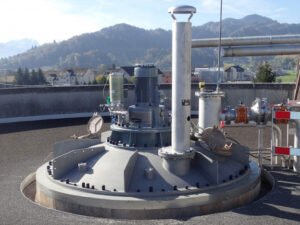
Now we need to know briefly how this system has additional capabilities and advantages over its counterparts.
The Träxler gas hood is equipped with strong mechanical flanges that are welded to the curved discs during the transfer and installation of the cap on the tank frame. An o-ring is used as a gas leak between the lid and the frame. This o-ring is placed in a mechanically polished groove. Gear reinforcement is calculated using the finite element method (FEM).
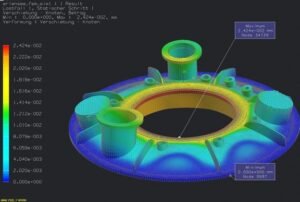
- The gas hood and flange support are parallel to each other, in line with the form, and are non-removable. They transmit dynamic forces and mixer vibrations directly to the substructure.
- The lid with the stirrer can be installed at any time. During re-installation, the impeller spacing in the tube draft tube remains unchanged and does not require any readjustment.
- Defined sealing and sealing forces ensure the reliable effect and long life of the lid seal.
Conventional gas hoods are made of plate-shaped discs, and their flanges typically have the same low material thickness in the area between the hood and the frame. There is only a flat washer as the seal between the hood and the digester tank frame.
Träxler offers better solutions…
HT gas hoods have strong flanges that, together with gear boosters, absorb large loads. The gas seal is held firmly between the hood and the frame by an o-ring embedded in a mechanical groove.

